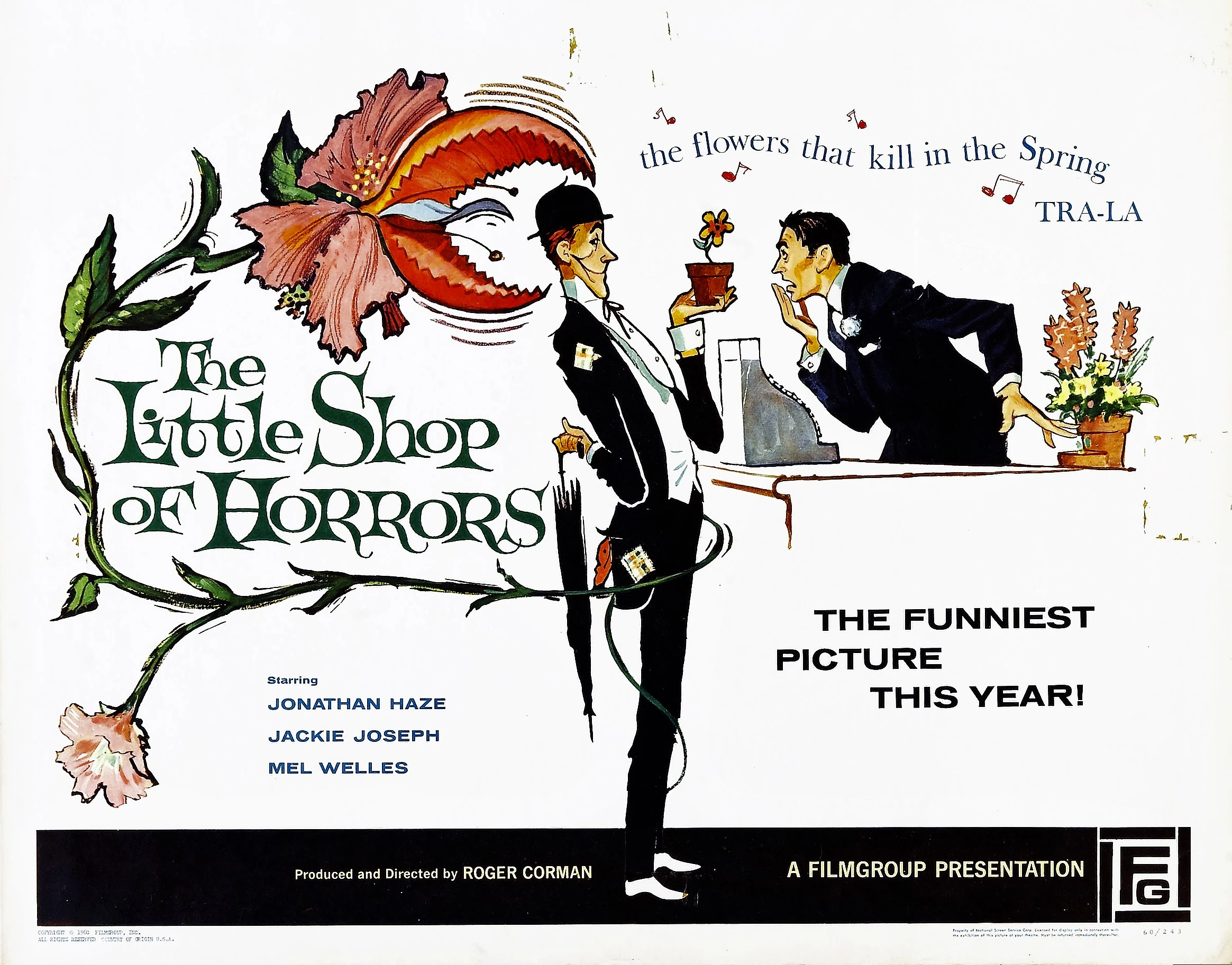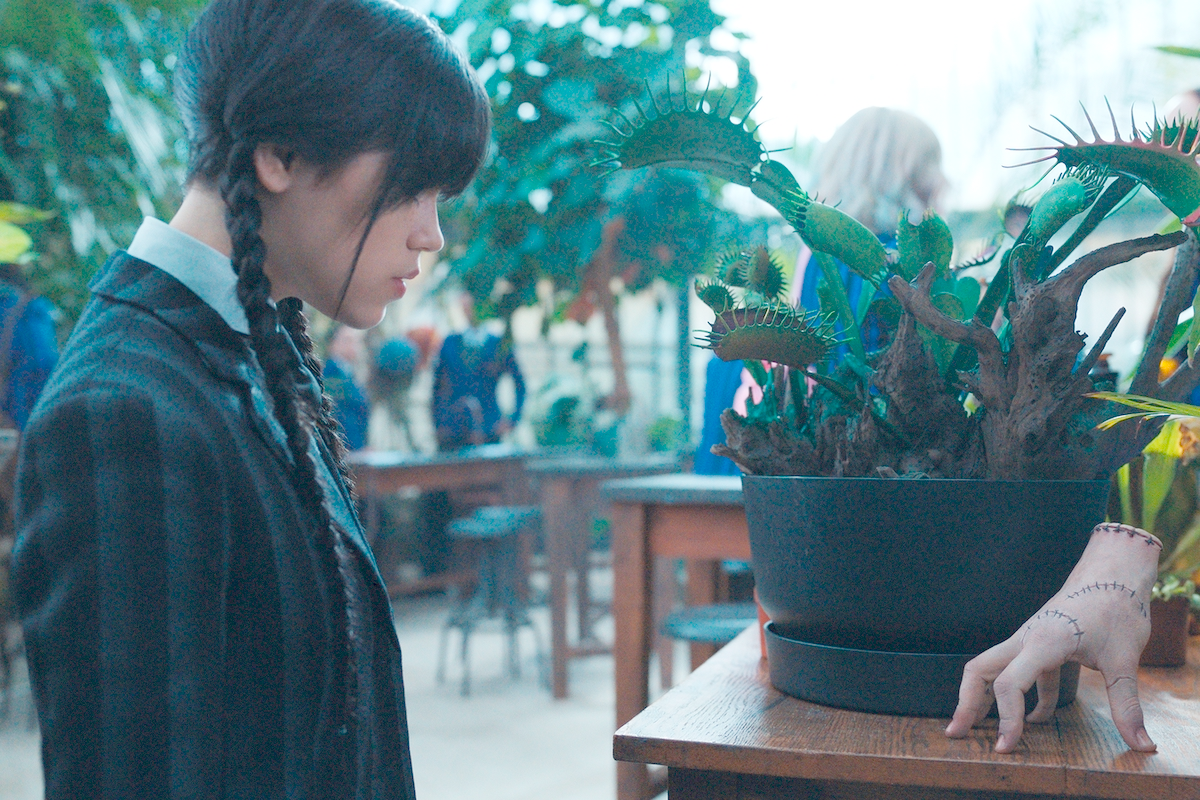A Spooky Species
- Carsen Delmont
- Oct 31, 2023
- 4 min read
It's my favorite time of year again! Well, my favorite holiday of the year. Halloween, Samhain, All Saints Day, All Souls Day, El Dia de Los Muetros, whatever you call it, is my favorite festivity of the year. Something about it feels so spooky yet magical, and I always find odd things happening to me around this time.
Sinister Cinema
Aside from the metaphysical marvels of the season, I also find the increasingly large references of so called "killer plants" very intriguing. The Venus Fly trap is a popular prospect in many classic (and new) Halloween films. From The Little Shop of Horrors (1960 Film) directed by Roger Corman, to Netflix's popular Wednesday, directed by Tim Burton, to Please Don't Eat My Mother! (1973 film), directed by Carl Monson, these films all feature the infamous carnivorous plant resembling the Venus fly trap. There are many other depictions of carnivorous, poisonous, and deadly plants used in horror films which you could probably name a few off the top of your head.
A Spooky Species
The Dionaea Muscipula (Venus Fly Trap) seems to be a fan favorite when it comes to the topic of All Hallowed's Eve. Popular for it's time sensitive reactions, the Venus Flytrap is a silent killer among other things. It has tiny hairs inside the mouth that when touched by its prey, it immediately closes tight and slowly begins to digest it's victim. Unlike most plants, this carnivore has evolved to get its nutrients from the top down instead of bottom up. Don't bother fertilizing this plant, because the roots only soak up rainwater. As frightening as the Venus Fly Trap sounds, let it be known that there are far more dangerous plants than the Dionaea Muscipula, and I'm here to share their story and thirst for blood.
Atropa belladonna (Nightshade)
I'm sure you have heard of this plant before, if not from pop culture or literature, maybe as a warning from your biology professor. This perennial is native to Europe and Western Asia. It is commonly known for its medicinal and cosmetic properties, not that it is so popular nowadays. During medieval times, women would add the juice from the berries into eyedrops to dilate their pupils for increased sex appeal. This is where it gets the name belladonna, which is Italian for beautiful woman. Little did they know it would eventually lead to blindness. Pain is beauty, right ladies?
Dendrocnide moroides (The Stinging Tree)
This heart-leaf, understory shrub is no sweetheart. Native to rainforests in Eastern Australia, this plant gets its nickname for obvious reasons. It is a highly venomous plant with tiny hairs that will cause pain upon contact. The pain can last for weeks or even months. Trigger warning: This plant has earned the nickname"Suicide Plant" because of the agonizing pain it inflicts upon its victims, alledgedly making them want to commit suicide. To date, there is only one recorded human death from the Dendrocnide moroides, however it has unfortunately claimed many lives of beloved pets and animals such as dogs, cats, and horses.
Heracleum mantegazzianum (Giant Hogweed)
Beware the giant hogweed. It contains a poisonous sap that burns when exposed to the sun. Ironically, many local animals can digest this plant but humans cannot. This plant makes the list of spooky species because of how invasive it is. It is illegal to plant this because it grows so rapidly. Don't even bother trying to weed wack it down because it will just spread even more. This plant even has its own song named after it by the band Genesis under the album Nursery Cryme called "Return of the Giant Hogweed. This song is about 8 minutes long with an eerie sci-fi beat to it. The following are a tidbit of lyrics from the song:
"They all need the sun to photosensitize their venom
Still they're invincible
Still they're immune to all our herbicidal battering"
The burn of the giant hogweed sap can leave scars on the body that turn black if bad enough. It activates when exposed to the sun, hence the lyrics. Watch out! It looks eerily similar to queen annes lace or cow parsnip.
Nicotiana tabacum (Tobacco)
Last but not least we have the deadliest plant of all, claiming more than 480,000 deaths annually in the United States according to the CDC. That's right, this plant is no joke. Despite the death toll, this plant is mass produced nationwide and even worldwide. What makes this plant so dangerous is its charm on the consumer and cooperate greed. Nicotine is the part of this plant that is highly addictive and mind altering. Its been banned and restricted before, however due to public outcry and the black market, this plant is here to stay. Only plants could figure out a way to get past the law.
Well, that is all I have for you folks....for now. There are many more poisonous, deadly, carnivorous, and alien looking plants I would love to talk about, but I would be here all night. I hope you enjoyed this spooky take on our green friends (or foes). Have a lovely Halloween and stay tuned for more!
Sources















Comments